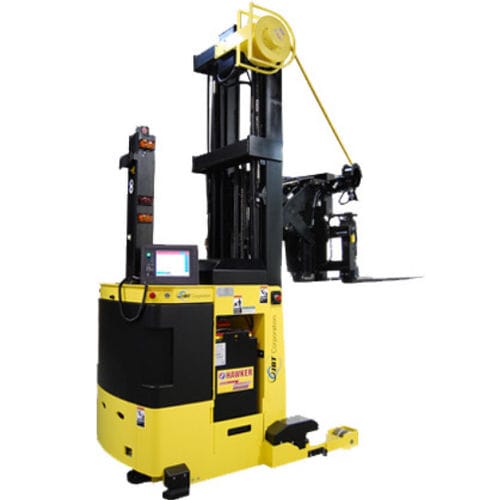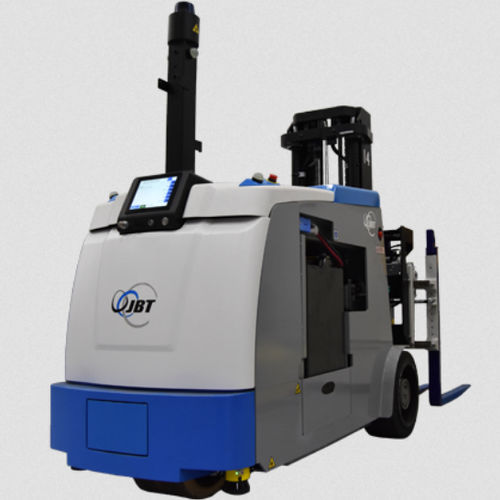
#Industry News
Saving time, money and energy: how JBT’s Belgium Research & Technology Center is helping customers
Faced with a pasteurization system that is costly, wasteful on energy and slow, and unsure how to improve it?
This is exactly what happened with a leading, meat-processing customer in Belgium who challenged JBT’s Research & Technology Center in Sint Niklaas to come up with a solution that could save energy, money and time, and be no less effective.
JBT operates a series of Research & Technology Centers around the world, including in Madera California, Parma, Italy, and in this case, Sint Niklaas, Belgium, which give customers the opportunity to application-test food products in actual processing plant conditions.
The challenge
“JBT often does comparable tests for customers, but this one was quite distinct,” says Jo Suys, manager of the Sint Niklaas Research & Technology Center.
The customer that approached JBT Sint Niklaas pasteurizes high-quality poultry products, especially turkey and chicken, in cooking chambers; a process which helps extend shelf-life and makes meat more tender. However, although effective for pasteurization, the system was found to lose a significant amount of steam – and therefore energy – as a result of continuous venting.
“The customer works at atmospheric pressure, but they lose a lot of energy because they have continuous venting of the chambers to maintain the internal temperature,” Suys explains.
“At the moment, pasteurization in the cooking chambers takes hours,” he continues. “From the chambers, the meat then moves between two cooling stages with the entire process taking up to one day to complete.”
The solution
JBT proposed solution is to move the pasteurization process from cooking chambers to a Retort – using higher temperatures and over-pressure – with the result that the total processing time can be drastically reduced.
Instead of taking a full day to pasteurize and cool a raw product, JBT Retorts can cut this time by as much as 50% because the entire process takes place within the machine. This comprises high-temperature pasteurization with over-pressure, cooling with both normal cooling water and a second phase at a lower temperature.
“Altogether, we save on energy and time, which enables the customer to become faster and more sustainable,” says Suys. “The loss in energy the customer has now is enormous, so that’s a big gain, and also the gain in process time and capacity is also very important.”






